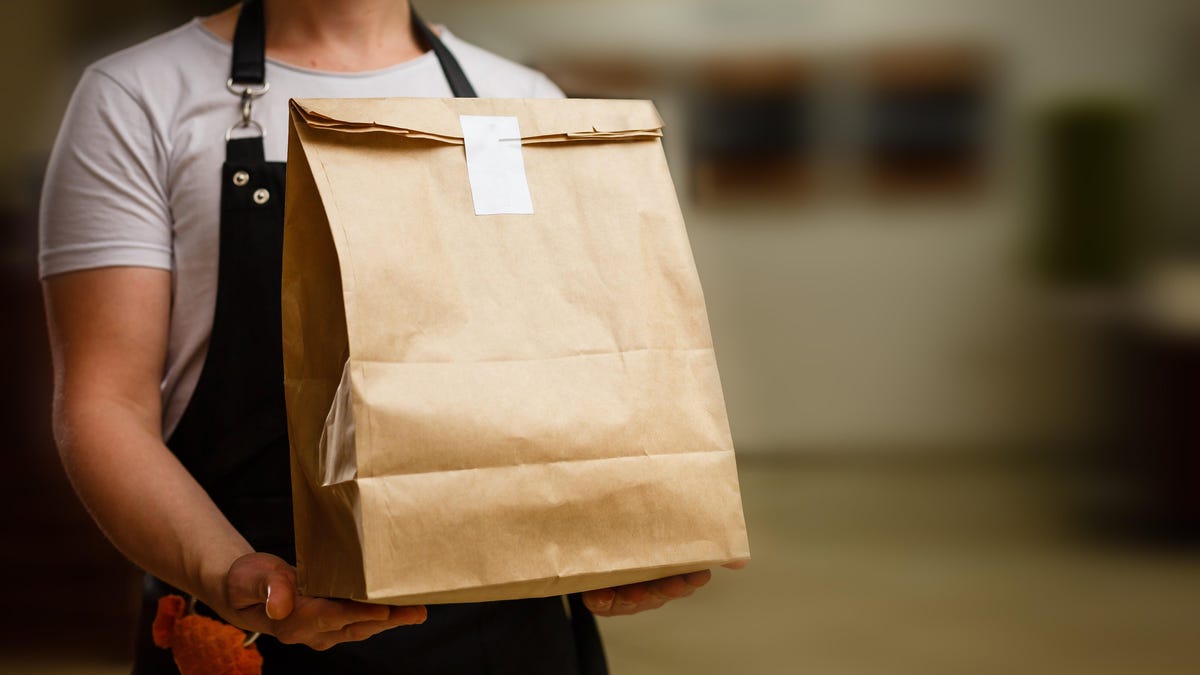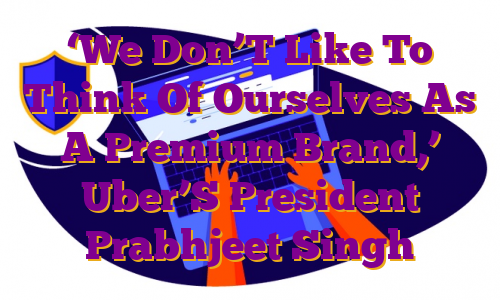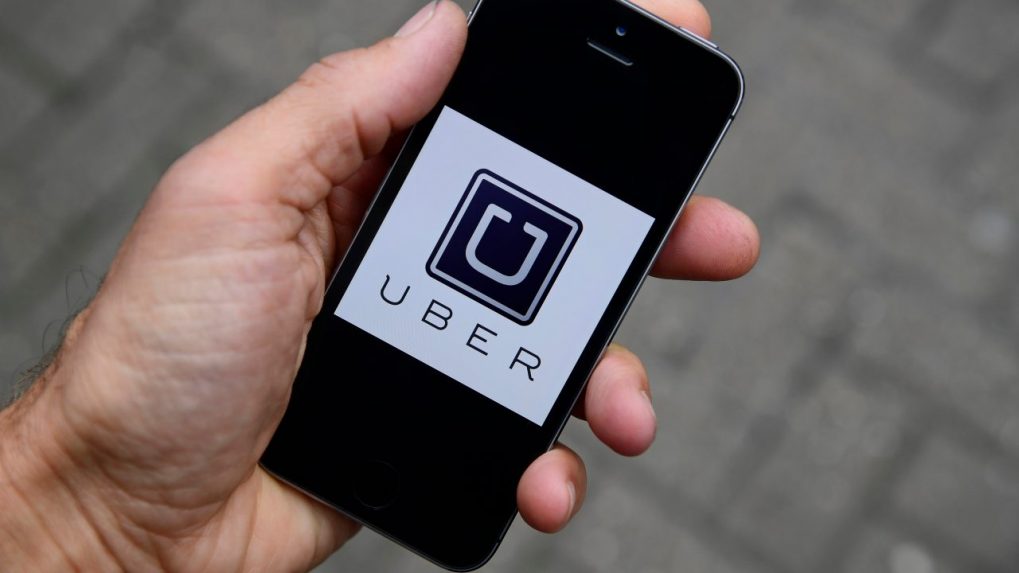Bengaluru, Karnataka, India – Business Wire India The freedom of mobility is incredibly empowering – it allows people to be more productive, to break free of the anxiety of having to get from point A to point B. It’s a truth, companies often overlook. But ITW, a leading sports, entertainment, and future media consulting company is out there to change that. They will be rolling out a unique new program that gives their employees more than just the freedom of their own mobility, through a standard business account with Uber. As an employee centric company looking to help employees live up to their true human potential, ITW has figured that the freedom from the hassle of anxiety about mobility of their loved ones is just as crucial. It’s something almost all other companies do not pay much attention to. ITW’s co-founder Bhairav Shanth explained about the initiative, “A family’s and loved ones’ well-being contributes towards the holistic balance and peace of mind that helps a professional function at a high level. That’s why in what we believe is a first of its kind initiative, ITW is extending the Uber for business facility to family members and loved ones of its employees.”
This mechanism, to be rolled out across all scales and levels, allows the employee to nominate one of their family members (dependents that may include grandparents, parents, siblings, spouse, own children above 15 years of age) under their names for ITW’s Uber business account. Such dependent family members will be given direct access to the ITW Uber corporate platform wherein each of them can avail free local rides (if in India) and free international rides (if outside India) every month for their personal family use, paid for by ITW.
The philosophy of this initiative is to provide a safety net and nudge the employees to pay more attention to, and provide more care for their loved ones. This self-help and family inclusiveness effort comes with no additional terms and conditions keeping the whole experience frictionless – a key requirement for being able to relax.
Commenting about the initiative, Abhinav Mittoo, Country Manager, U4B, India South Asia, said “We applaud ITW for their inclusive offer to provide mobility access to the families of their employees through our U4B platform. This way, family members of employees can experience the Uber magic while traveling locally or internationally, and not be dependent on anyone. Through our Uber for Business offerings, businesses can offer their customers, clients, or employees a premium door-to-door experience by requesting a ride on their behalf. Customers don’t need to have an Uber account, or even a smartphone, to take a ride on our platform. Instead, it’ll open up their world to new possibilities.”
The program aims to ensure that all families have mobility access to travel locally for any urgent needs and not be dependent on anyone. A cashless facility so that families wouldn’t have to worry about having cash in hand or their payment cards being rejected, the company expects this service to be both inspirational and a game-changer.
“ITW values its employees and all people associated with us. And who but their families have made the maximum sacrifices to ensure that our employees give their best energies at work. This is an initiative to show utmost gratitude to each of the families and additionally enrolling them into the Uber safety initiative network. We want to be sincerely able to say – we move you,” said Shanth.
About ITW Universe
ITW is one of the world’s leading sports, entertainment, media and lifestyle consulting firms, with its global footprint spread across four continents and a dozen offices. With offerings that cover the entire value chain from on-ground sports properties to digital first media plans, the ITW Universe offers marketing solutions for every budget and every niche. ITW’s reputation and penchant for disruptive business solutions that have changed the game for how brands view the platforms of sports, entertainment and media with a vision for out-of-the-box, integrated strategic marketing solutions turbocharged by emerging and future technologies.
For more information, visit https://itwglobal.com/.About UBER
Uber Technologies, Inc. (Uber), formerly UberCab is an American mobility as a service provider, allowing users to book a car and driver to transport them in a way similar to a taxi. It is based in San Francisco with operations in approximately 72 countries and 10,500 cities in 2021. Its services include ride-hailing, food delivery (Uber Eats and Postmates), package delivery, couriers, freight transportation, electric bicycle and motorized scooter rental via a partnership with Lime, and Thames Clipper river bus transport in partnership with local operators.
For more information, visit https://www.uber.com/in/en/.
Disclaimer: This article is a paid publication and does not have journalistic/editorial involvement of Hindustan Times. Hindustan Times does not endorse/subscribe to the content(s) of the article/advertisement and/or view(s) expressed herein. Hindustan Times shall not in any manner, be responsible and/or liable in any manner whatsoever for all that is stated in the article and/or also with regard to the view(s), opinion(s), announcement(s), declaration(s), affirmation(s) etc., stated/featured in the same.
Catch all the Business News, Market News, Breaking News Events and Latest News Updates on Live Mint.
Download The Mint News App to get Daily Market Updates.
More
Less
Subscribe to Mint Newsletters * Enter a valid email * Thank you for subscribing to our newsletter.
Post your comment
.

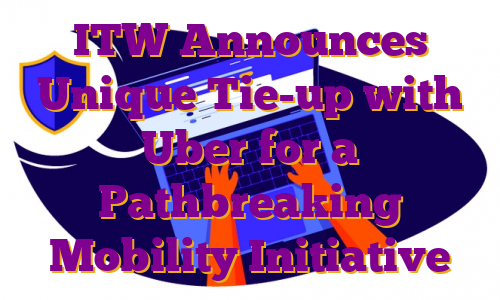
_1662550025527_1662550033171_1662550033171.jpg)

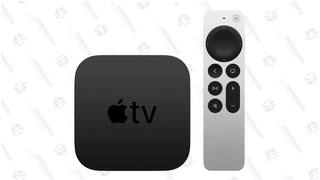 Clear and crisp TV
Clear and crisp TV